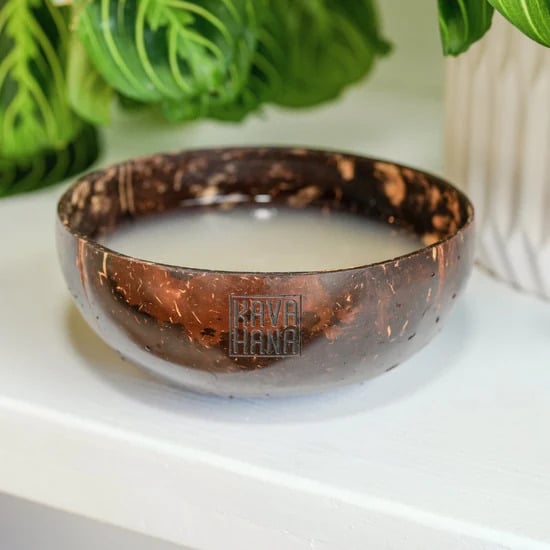Kava is a drink that comes from the Pacific islands. It’s been used for centuries in cultural and religious ceremonies and medicinal purposes. It contains kavalactones, the active ingredients that make kava calming and have social effects. It’s similar to those you get when drinking alcohol. The major difference is that you don’t hang over from kava.
It comes from the root of a specific pepper plant. The roots are harvested, dried, and ground into a powder. Traditionally, kava is drunk as tea. The powder is steeped and massaged in warm water, creating an earthy, delicious beverage.
There are different types of kava, depending on where they come from. Each island’s kava differs slightly from the others due to the geographic and climate differences in each place.
But how does it work exactly? What gives it those relaxing effects?
What are kavalactones, and how do they work?
Kavalactones are small chemicals that interact directly with the brain. Although 18 different kavalactones have been identified, only 6 are responsible for 96% of kava’s effects.
Every type of kava is made of a certain number of kavalactones. This balance is what gives each type of kava their specific effect. These can be divided into two groups: either heady or heavy.
How do Kavalactones work in the brain?
Research shows that kavalactones interact with neurotransmitters, the brain’s chemical messengers. Neurotransmitters are responsible for getting signals from the brain to the rest of your body. They control things like muscle function, heart rate, blood pressure, hormone levels, stress, memory, and learning, to name a few. Some of you may have heard of are serotonin, dopamine, and endorphins.
The neurotransmitter that kava affects the most is gamma-aminobutyric acid, or GABA for short. GABA is the body’s main inhibitory neurotransmitter, decreasing communication between cells. It is also responsible for motor function, visual control, and anxiety regulation.
Kavacaltones act by increasing the amount of GABA in the brain, which gives us those wonderful feelings of calm and relaxation.
What this all means
Put this all together, and you get a cascade of brain and body effects from the first sip of kava to the moment you feel its calm wash over you.
For a more in-depth read about the neuroscience of Kava, check out our article here.
* Please note that the majority of kava research pertains to kava extracts, which often undergo significant processing and may contain additional ingredients and fillers that can influence their efficacy. It is crucial to consider this distinction when reading about kava studies. To draw an analogy, enjoying natural kava as a beverage can be likened to experiencing a freshly brewed cappuccino, whereas kava extracts are akin in functionality to a caffeine pill. Both forms have their unique benefits and can cater to different preferences and needs. While it’s helpful to understand research on kava extracts, please view it critically and remember that natural kava offers a uniquely holistic experience.


